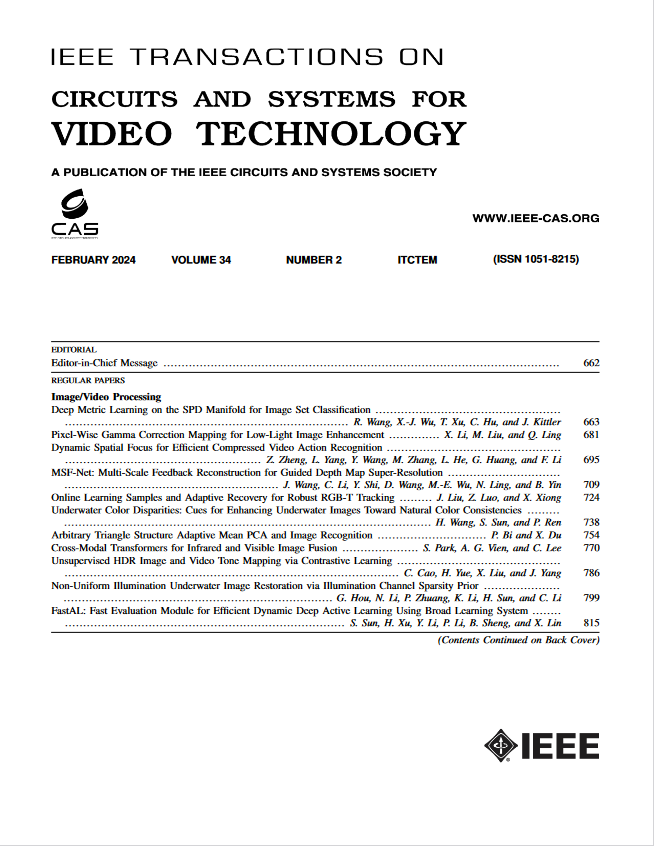LFA-Net:用于部分对部分点云注册的增强型点网和可分配权重变换器网络
IF 8.3
1区 工程技术
Q1 ENGINEERING, ELECTRICAL & ELECTRONIC
IEEE Transactions on Circuits and Systems for Video Technology
Pub Date : 2024-09-05
DOI:10.1109/TCSVT.2024.3454601
引用次数: 0
摘要
本文章由计算机程序翻译,如有差异,请以英文原文为准。
LFA-Net: Enhanced PointNet and Assignable Weights Transformer Network for Partial-to-Partial Point Cloud Registration
Partial point cloud registration is an essential and fundamental component of generating complete 3D shapes, aiming at converting partial scans into a unified coordinate system. However, existing point cloud registration methods suffer from inadequately rich local feature extraction and feature interaction. In addition, these methods still face challenges in modeling the global contextual information of point clouds sufficiently, which limits the improvement in registration effectiveness, especially for partial-to-partial point cloud registration with high noise. To overcome these issues, this paper proposes an enhanced PointNet and assignable weights transformer network (LFA-Net) for partial point cloud registration. The model achieves coarse-to-fine point cloud registration through three core modules. First, the Sufficient Local Feature Extraction Module (LFM) is constructed to extract various local feature information. Then, the Adequate Feature Aggregation Module (FAM) is designed to integrate the feature information from different point clouds. Finally, the Assignable Weights Transformer Module (ATM) is presented to stimulate the model’s global modeling ability during the registration process, enabling the selection of representative points for optimal point cloud registration. Extensive experiments conducted on ModelNet40 using partially overlapping point clouds illustrate the superior registration performance of LFA-Net compared with other state-of-the-art methods. Moreover, Numerous experiments on synthetic and real-word datasets further indicate that LFA-Net also has significant advantages in registering partial point clouds with noise and unseen categories, which demonstrates its excellent robustness and generalization ability for real-world practical application.
求助全文
通过发布文献求助,成功后即可免费获取论文全文。
去求助
来源期刊
CiteScore
13.80
自引率
27.40%
发文量
660
审稿时长
5 months
期刊介绍:
The IEEE Transactions on Circuits and Systems for Video Technology (TCSVT) is dedicated to covering all aspects of video technologies from a circuits and systems perspective. We encourage submissions of general, theoretical, and application-oriented papers related to image and video acquisition, representation, presentation, and display. Additionally, we welcome contributions in areas such as processing, filtering, and transforms; analysis and synthesis; learning and understanding; compression, transmission, communication, and networking; as well as storage, retrieval, indexing, and search. Furthermore, papers focusing on hardware and software design and implementation are highly valued. Join us in advancing the field of video technology through innovative research and insights.

 求助内容:
求助内容: 应助结果提醒方式:
应助结果提醒方式:


